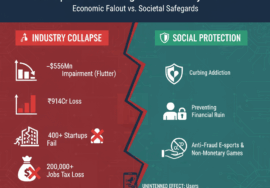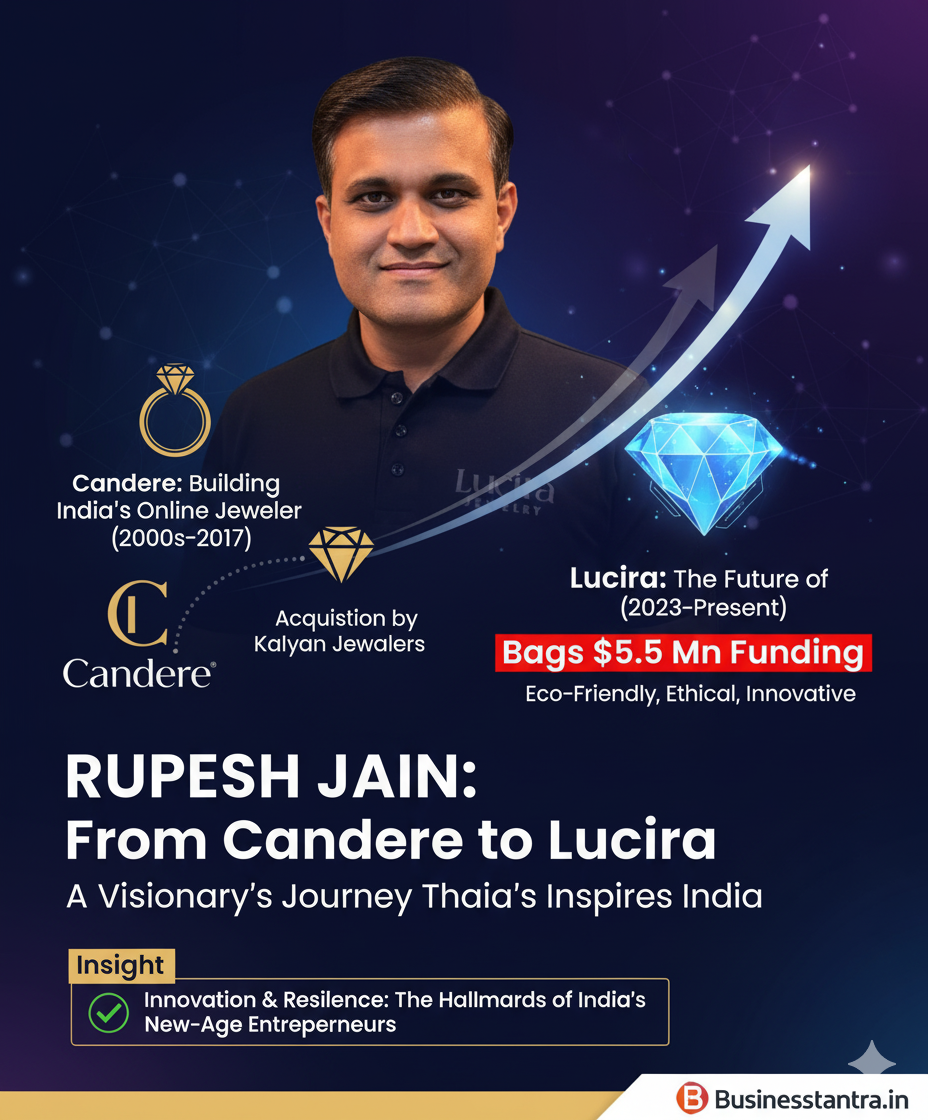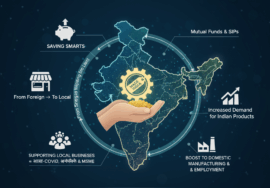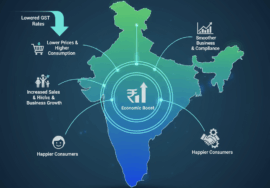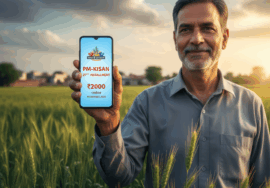The Evolution of E-commerce in India: Trends and Consumer Behaviour in 2025

Over the past ten years, India’s e-commerce scene has experienced a dramatic change, developing from a young sector into a vibrant, diverse ecosystem. As of 2025, the industry is still growing quickly thanks to developments in technology, shifting customer tastes, and the development of digital infrastructure.
Technological Advancements Fueling Growth
Internet connectivity: With the debut of 4G services and the expected arrival of 5G and 6G technologies, internet speeds have increased dramatically, making online shopping easier and more accessible.
Artificial Intelligence (AI) and Machine Learning (ML): By studying user habits to make customized suggestions, e-commerce platforms are utilizing AI and ML to give highly customized purchasing experiences.
Virtual reality (VR) and augmented reality (AR): have made it possible to create immersive virtual stores and virtual try-ons, which have helped to close the gap between online and offline purchasing.
Blockchain: By resolving issues with product authenticity and delivery, blockchain technology has improved supply chain transparency and boosted consumer trust.
The Rise of Direct-to-Consumer (D2C) Brands
In India, the D2C model has grown at a fast pace. Five years ago, its market share was only 2%; in recent years, it has increased to 15%. According to projections, this segment’s potential a compound annual growth is 40%.
https://binbrain.com
This increase is credited to companies looking to build direct connections with customers by ignoring conventional retail channels in order to provide individualized experiences and goods.
Digital Payments Revolution
The development of digital payment systems cannot be separated to the expansion of e-commerce in India. Transactions have been transformed, particularly by the Unified Payments Interface (UPI). It helped to boost digital payments by 23.8% and Gross Merchandise Value (GMV) by 12%.
Regulatory Landscape and Challenges
E-commerce’s explosive growth attracts regulatory attention in an effort to promote consumer interests and maintain fair competition. Due to their extensive pricing strategies, big fast-delivery companies such as Zomato, Swiggy, and Zepto became the subject of competition explores in March 2025.
The Emergence of Quick Commerce
With its lightning-fast delivery services, quick commerce has grown to be a major trend in India’s e-commerce industry. This concept was invented by businesses like Dunzo, Blinkit, Swiggy, and Zepto, who met the need of urban consumers for quick delivery of goods.
Consumer Behavior Shifts
Mobile-First Shopping
In India, mobile commerce has taken over as the most popular online buying method due to the wide range of smartphones and reasonably priced data plans.
Value-Driven Purchases
Indian consumers are increasingly prioritizing product quality, brand trust, and convenience over mere discounts.
Regional Expansion and Inclusivity
E-commerce in India is now growing beyond big cities. Smaller Tier-II and Tier-III cities are leading this growth. Regional languages and local strategies are helping more people shop online.
The Role of Social Commerce
Social media sites like Facebook, Instagram, and WhatsApp are crucial for the growth of social commerce.
These platforms make it simple for users to transition from browsing to purchasing by incorporating e-commerce features like shoppable posts and direct chat.
Influencer marketing has grown to be a powerful tool for brands looking to engage younger consumers.
Omnichannel Retail Strategies
In order to offer smooth shopping experiences, retailers use omnichannel strategies, which integrate online and offline interactions.
This strategy improves ease and customer satisfaction by enabling customers to explore online and make in-store purchases, or the reverse.




